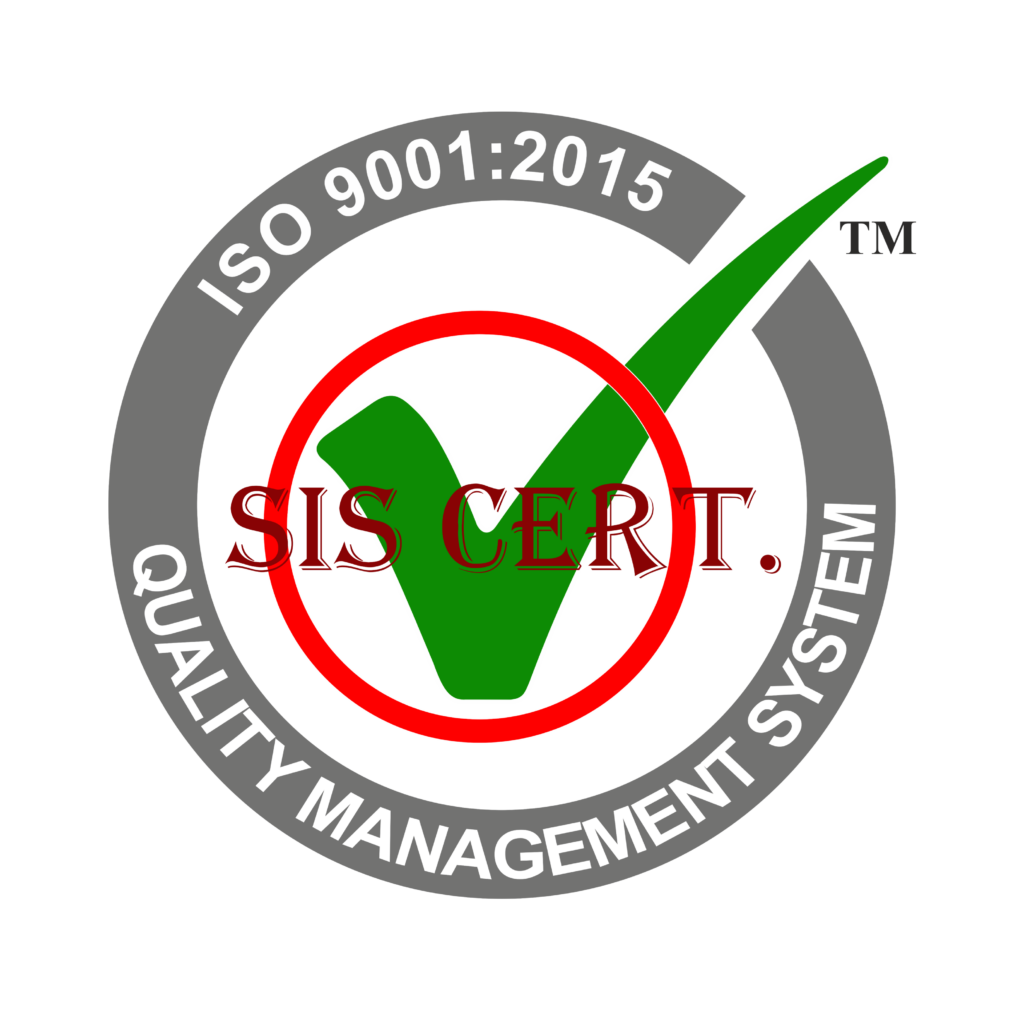As the stainless steel industry continues to grow, there are a number of predictions that can be made to gain insight into the future of the market.
This article will explore three key predictions for the global stainless steel market growth, including an exploration of the demand drivers, regional outlook, and price trends.
With a focus on innovation and the latest industry trends, this article will provide valuable insight to help industry stakeholders stay ahead of the curve.
Key Takeaways
- Economic growth and industrialization are major drivers of the global stainless steel market.
- The increasing demand for stainless steel-based products and services is fueling market growth.
- Stainless steel’s durability and corrosion resistance make it versatile for various applications, driving its usage in automotive, construction, and medical industries.
- Asia, Europe, and North America are key regions driving the growth of the global stainless steel market, with Asia experiencing the highest demand.
Demand Drivers
The global stainless steel market is being driven by various macroeconomic and industry-specific factors. These include economic growth, increasing industrialization, and rising demand for stainless steel-based products and services. Additionally, the demand for stainless steel is further driven by its durability and resistance to corrosion, making it a versatile material for a wide range of applications. Moreover, the increasing use of stainless steel in the automotive, construction, and medical industries is also driving the market growth.
The stainless steel industry is expected to continue to expand in the coming years due to the rise in demand for stainless steel products in both developed and emerging markets. The market is also expected to benefit from the increasing focus on green production technologies and improved manufacturing processes. Furthermore, the availability of new and innovative products in the market is anticipated to fuel the growth of the industry. Additionally, the rising demand for stainless steel in the food and beverage industry is expected to drive the market in the near future.
Regional Outlook
Building on the existing demand drivers, the regional outlook of the global stainless steel market is expected to vary significantly due to the differing economic and industrial conditions in each region.
In Asia, the growth of stainless steel is expected to be driven by the escalating demand from countries such as India, China, and South Korea. Furthermore, the rising demand for durable and corrosion-resistant products in the automotive, aerospace, and medical industries in these countries is likely to contribute to the growth of the stainless steel market.
In Europe, the market is expected to be driven primarily by the increasing demand for stainless steel from the construction and automotive industries. Additionally, the region’s government initiatives to promote the use of stainless steel products in various industries are anticipated to further boost the growth of the market.
The stainless steel market is expected to witness moderate growth in North America. This is mainly attributed to the presence of a large number of manufacturers in the region and the expanding automotive industry. In addition, the growing demand for stainless steel products from the food and beverage industry is expected to drive the market in the region.
In the rest of the world, the stainless steel market is expected to be driven by the increasing demand from countries such as Brazil, Mexico, and Argentina. The growing demand for stainless steel products from the automotive and construction industries in these countries is likely to drive the market growth. Furthermore, the growing production of stainless steel in the region is anticipated to further propel the market growth.
Price Trends
Carrying on from the regional outlook, the price of stainless steel is expected to fluctuate depending on the availability of raw materials and the demand-supply balance in the global market. Economic conditions, consumer demand, and government policies are also expected to play a major role in determining the cost of stainless steel in the years ahead. The cost of raw materials such as nickel and chromium will also impact the final price of the product.
As global economic conditions continue to improve, the demand for stainless steel is expected to increase, resulting in higher prices. The increased demand for stainless steel in the automotive, construction, and other industries is another factor that will push prices up. Moreover, technological advancements in the production process are likely to lead to higher quality stainless steel at lower costs. The emergence of new stainless steel manufacturers in different parts of the world could also contribute to increased competition and lower prices.
Frequently Asked Questions
What Are the Long-Term Impacts of the Global Stainless Steel Industry?
The long-term impacts of the global stainless steel industry are far-reaching, with potential to revolutionize the way we live and work. Its increased durability and strength make it a key material in many industries, driving innovation and efficiency.
How Has the Production of Stainless Steel Evolved Over Recent Years?
Recent years have seen a rapid increase in stainless steel production, with new technologies driving efficiency and cost reduction. Innovation is now pushing the boundaries of what is achievable, with new processes and materials leading to greater sustainability.
What Are the Effects of Current Political and Economic Climates on the Stainless Steel Industry?
The current political and economic climates have a significant impact on the stainless steel industry. Global trade policies, economic stability, and availability of resources all play a part in shaping the industry’s future.
What Technological Advances Are Expected to Shape the Future of the Stainless Steel Industry?
The stainless steel industry is poised for growth through the implementation of innovative technologies, such as advanced metallurgy, 3D printing, and robotic automation. These advances will revolutionize production efficiency and product quality, making stainless steel more competitive in the global market.
What Environmental Regulations Need to Be Taken Into Consideration When Predicting the Future of the Stainless Steel Industry?
When predicting the future of the stainless steel industry, environmental regulations must be taken into account. Regulations such as emissions control, water use, and waste disposal need to be considered in order to ensure a sustainable and innovative future.
Conclusion
The global stainless steel market is projected to experience positive growth in the near future, driven by increased demand in various industries.
Regional outlook is generally positive, with some regional variations, and prices are expected to remain stable.
In conclusion, the global stainless steel market is likely to experience positive growth in the coming years, driven by increased demand, a healthy regional outlook, and stable prices.


